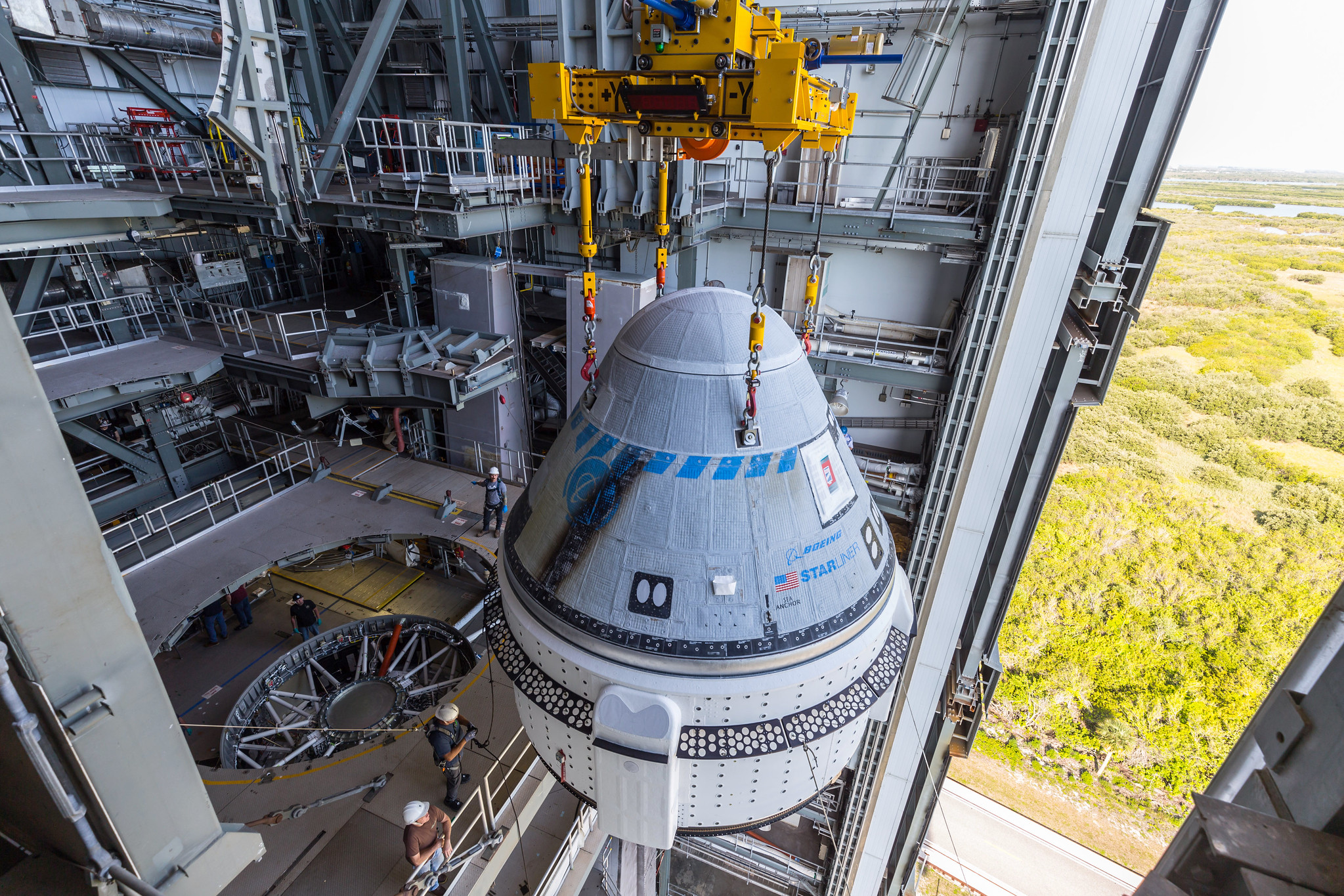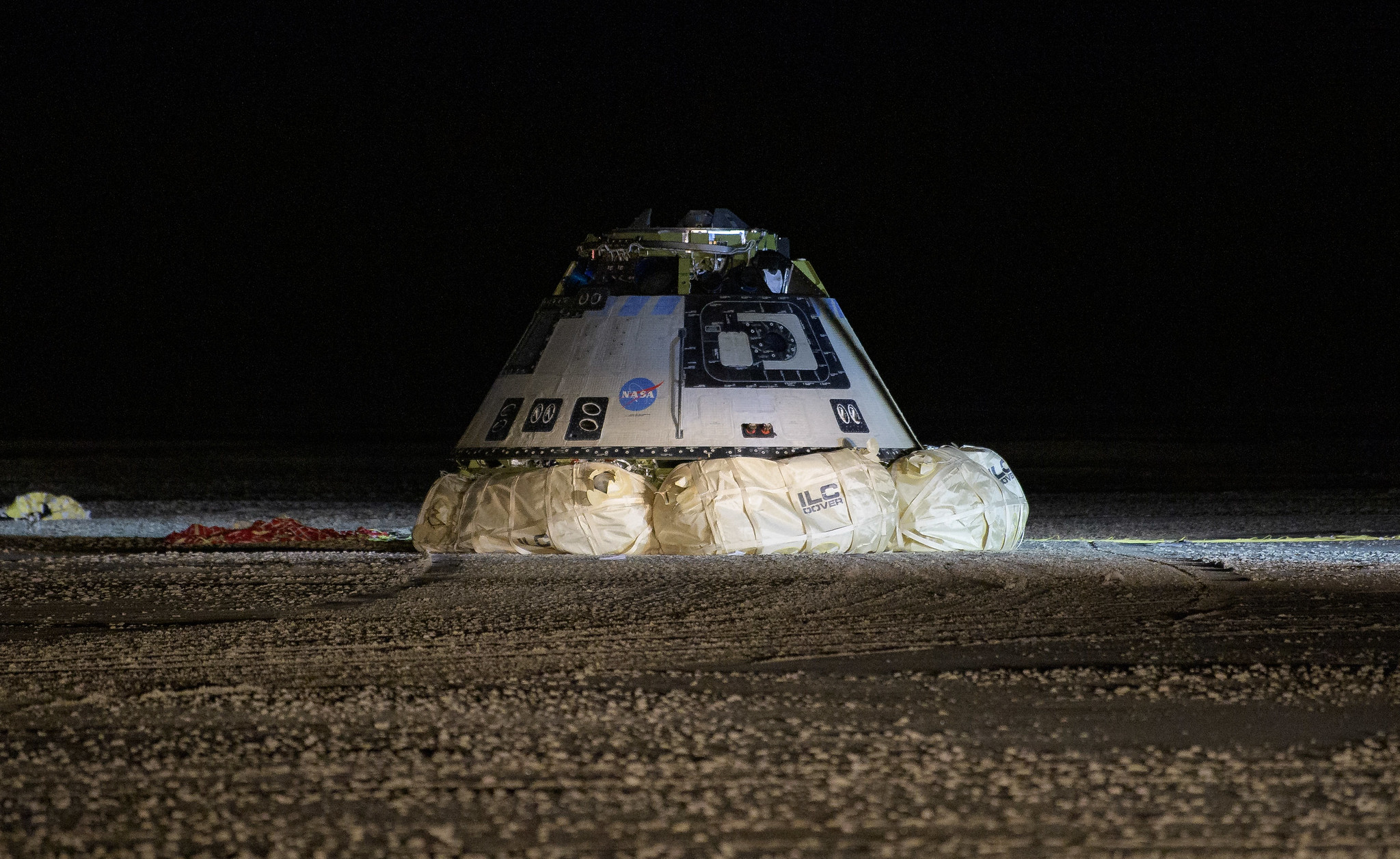NASA's senior leaders in human spaceflight gathered for a momentous meeting at the agency's headquarters in Washington, DC, almost exactly 10 years ago.
These were the people who, for decades, had developed and flown the Space Shuttle. They oversaw the construction of the International Space Station. Now, with the shuttle's retirement, these princely figures in the human spaceflight community were tasked with selecting a replacement vehicle to send astronauts to the orbiting laboratory.
Boeing was the easy favorite. The majority of engineers and other participants in the meeting argued that Boeing alone should win a contract worth billions of dollars to develop a crew capsule. Only toward the end did a few voices speak up in favor of a second contender, SpaceX. At the meeting's conclusion, NASA's chief of human spaceflight at the time, William Gerstenmaier, decided to hold off on making a final decision.
A few months later, NASA publicly announced its choice. Boeing would receive $4.2 billion to develop a "commercial crew" transportation system, and SpaceX would get $2.6 billion. It was not a total victory for Boeing, which had lobbied hard to win all of the funding. But the company still walked away with nearly two-thirds of the money and the widespread presumption that it would easily beat SpaceX to the space station.
The sense of triumph would prove to be fleeting. Boeing decisively lost the commercial crew space race, and it proved to be a very costly affair.
With Boeing's Starliner spacecraft finally due to take flight this week with astronauts on board, we know the extent of the loss, both in time and money. Dragon first carried people to the space station nearly four years ago. In that span, the Crew Dragon vehicle has flown thirteen public and private missions to orbit. Because of this success, Dragon will end up flying 14 operational missions to the station for NASA, earning a tidy fee each time, compared to just six for Starliner. Through last year, Boeing has taken $1.5 billion in charges due to delays and overruns with its spacecraft development.



 Loading comments...
Loading comments...
